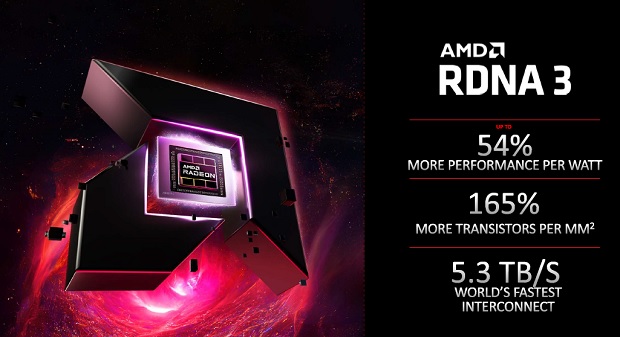With the gaming market expected to explode with 3.5-billion gamers by 2025, chipmaker AMD is making sure that it will not be left behind in the technology race by developing advanced graphics chips with new architecture specifically catering to gamers.

The US-based tech firm unveiled last Nov. 4 in Las Vegas, Nevada a new set of graphics cards – the RX 7900 XT and RX 7900 XTX – that were built using the new RDNA (Radeon DNA) 3 architecture, which features hardware and software enhancements aimed at boosting the overall graphics experience of gamers.
AMD executives said advanced physical design is a key pillar of the RDNA 3 platform, with chiplets improving and maximizing the performance from each square millimeter of the graphics chip and allowing negligible overheads in latency.
The RX 7900 XT and RX 7900 XTX are also the first chiplet-based gaming GPUs in the market, according to AMD.
A chiplet is a tiny integrated circuit (IC) that contains a well-defined subset of functionality and is designed to be combined with other chiplets. A set of chiplets can be implemented in a mix-and-match “Lego-like” assembly and provides several advantages over a traditional system on chip (SoC).
The new RDNA 3 architecture has also allowed the RX 7900 series cards to feature a new GPU thermal interface material for high performance and maximum reliability, as well as refined shroud and fan design for enhanced thermal performance.
The company said a key contributor to RDNA 3’s performance and power improvements over RDNA 2 are its software features, which include Radeon Boost and Radeon Anti-Lag.
Radeon Boost, according to AMD, lowers resolution or shading rate in areas of the frame when mouse input is detected, delivering extra performance and responsiveness to games.
Radeon Anti-Lag, on the other hand, is designed to help reduce input lag in GPU-limited cases by controlling the pace of CPU and reducing the amount of CPU work queued up.
All in all, the company said the RDNA 3 architecture achieves approximately 20% relative improvement in utilization.




